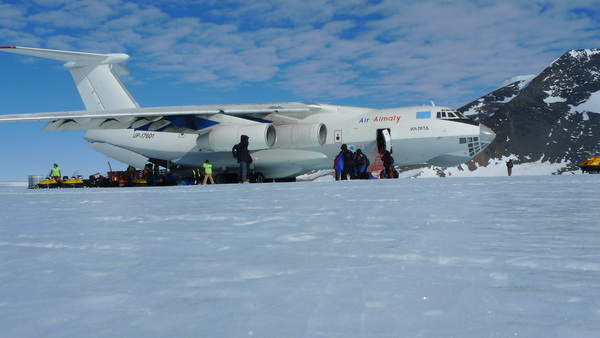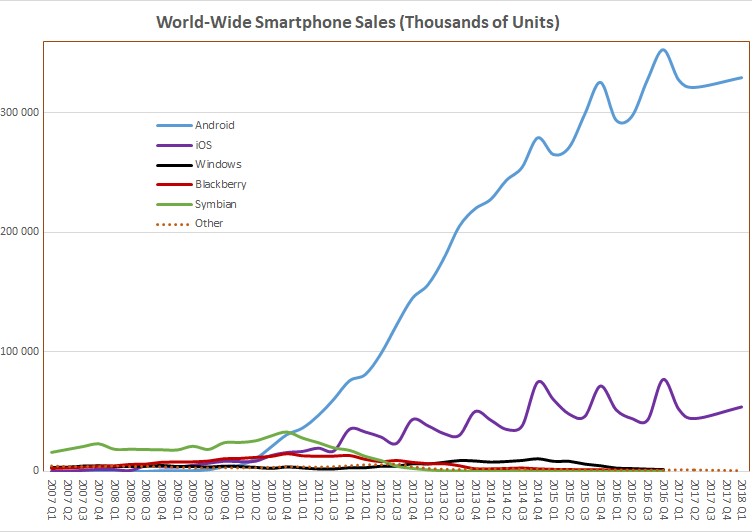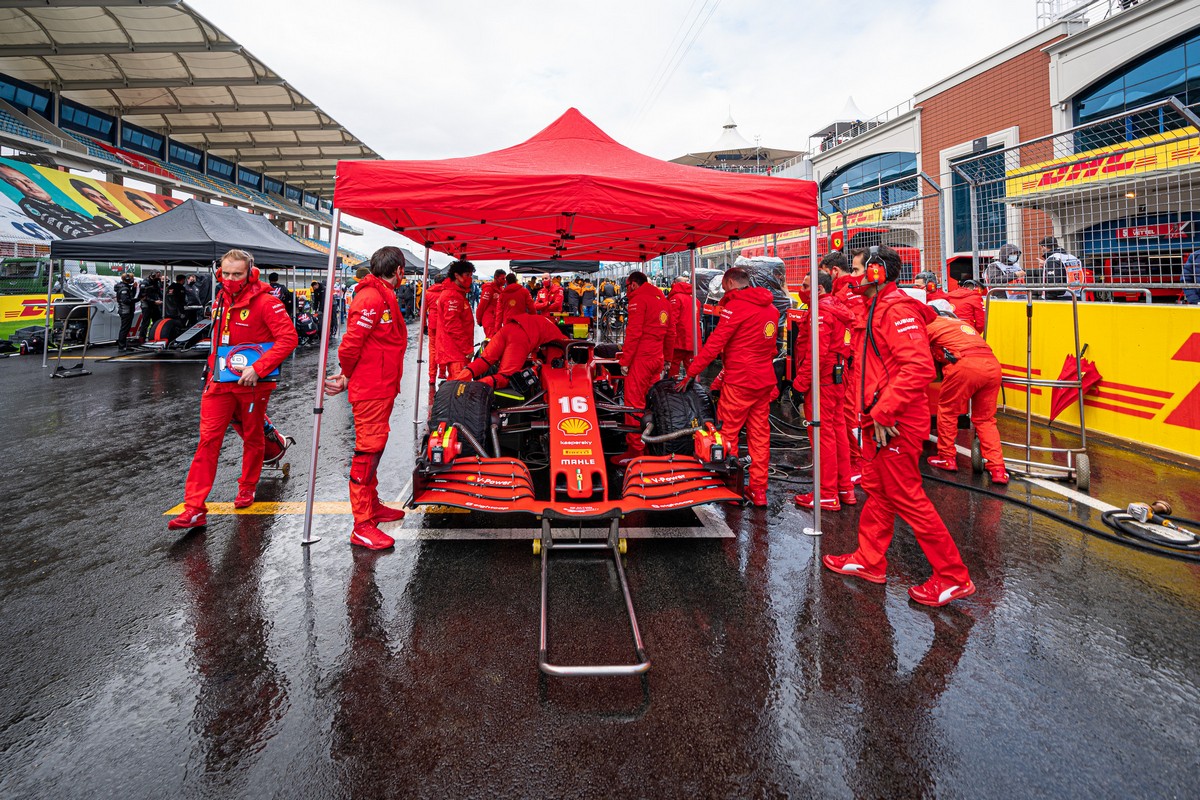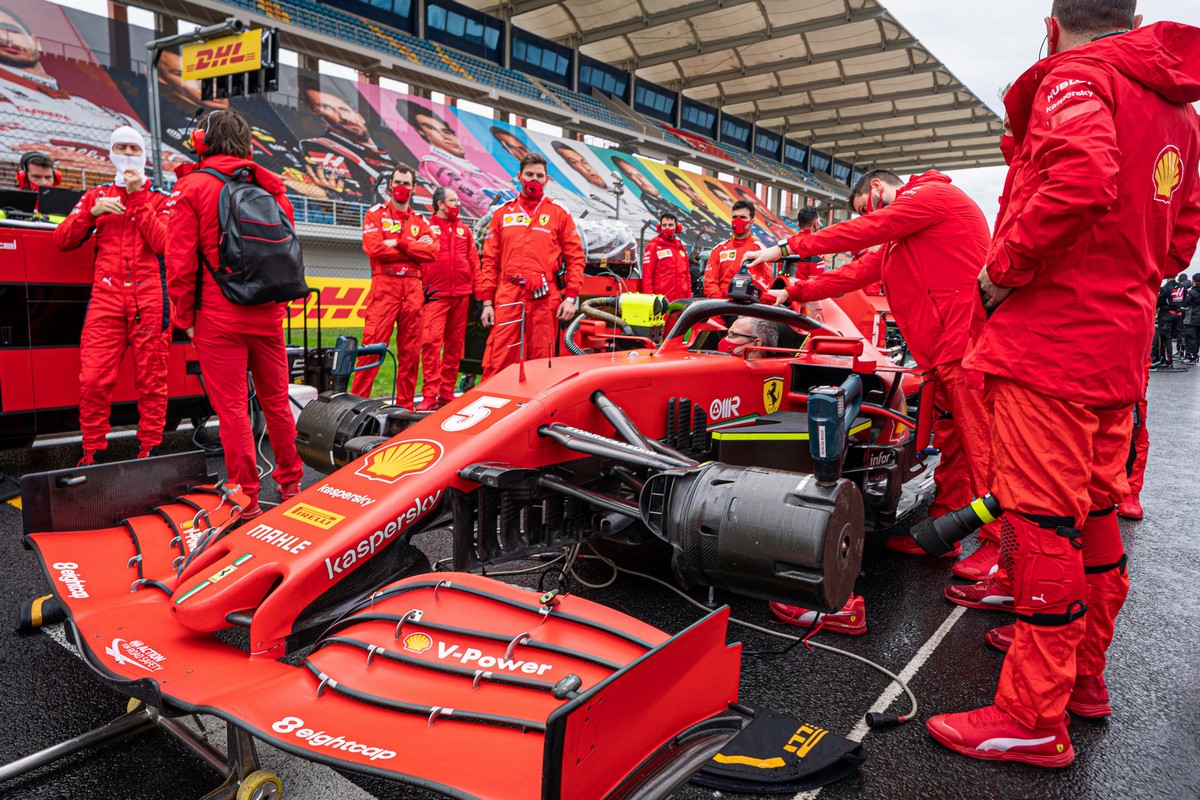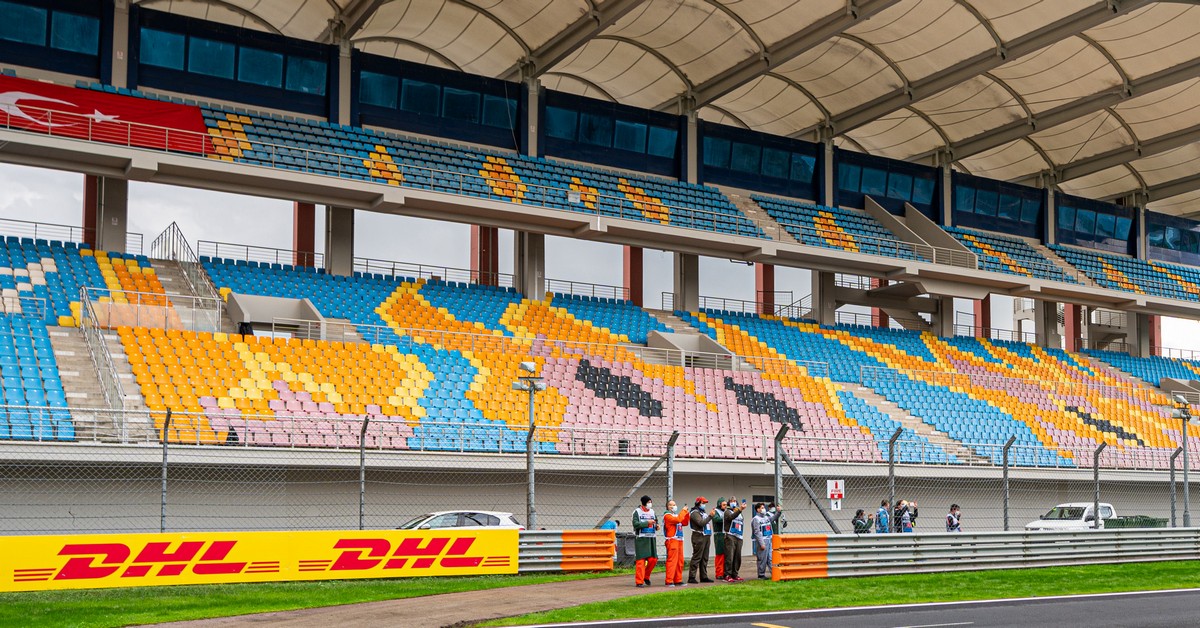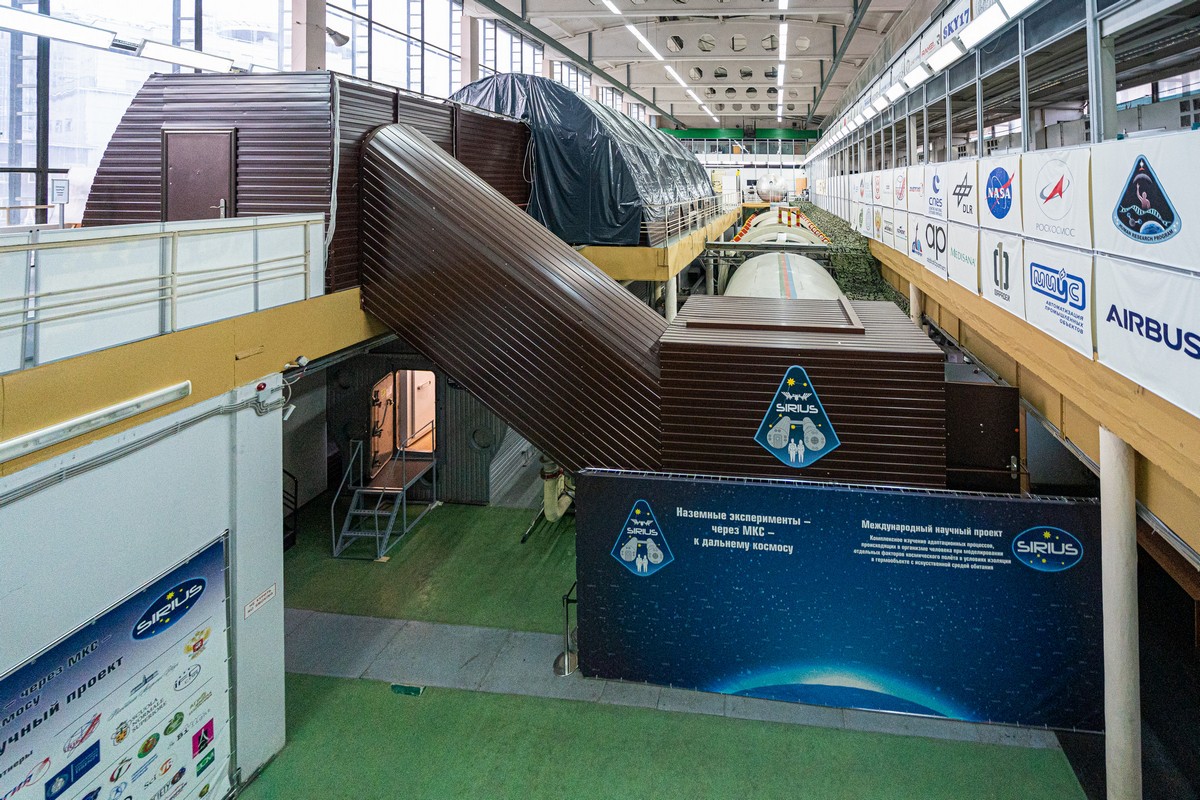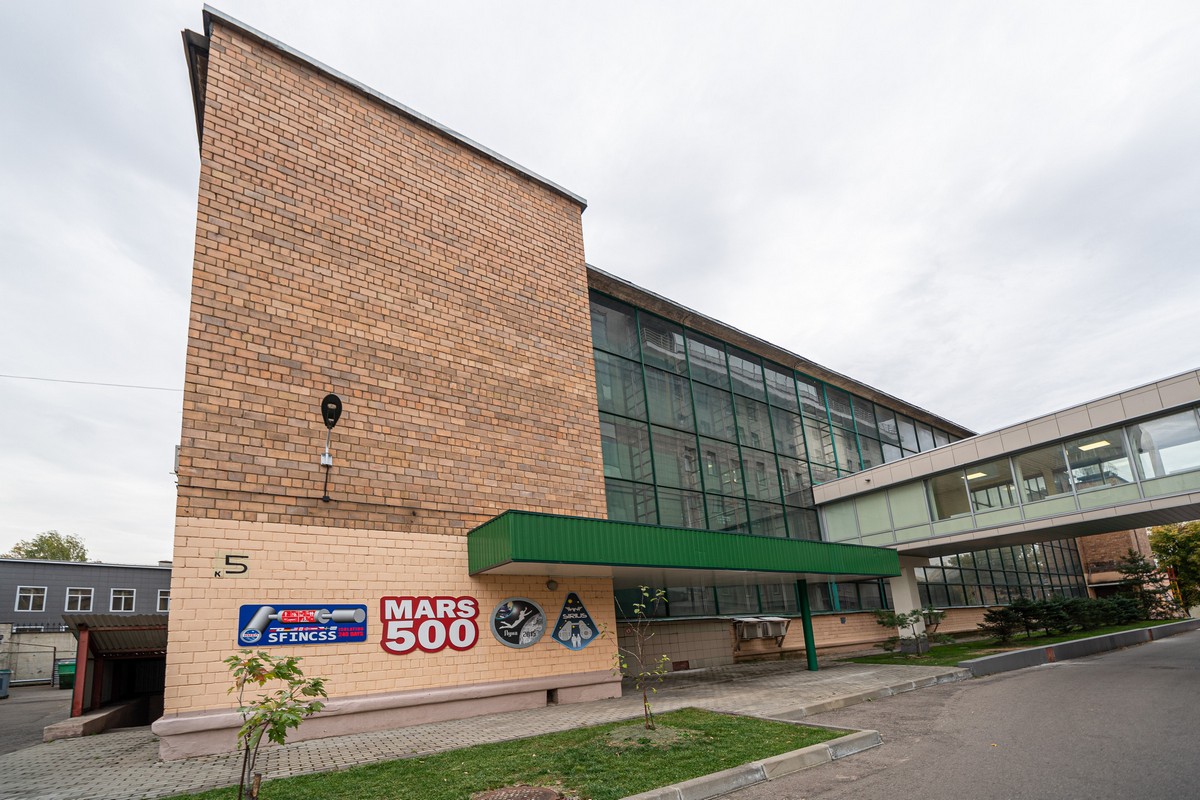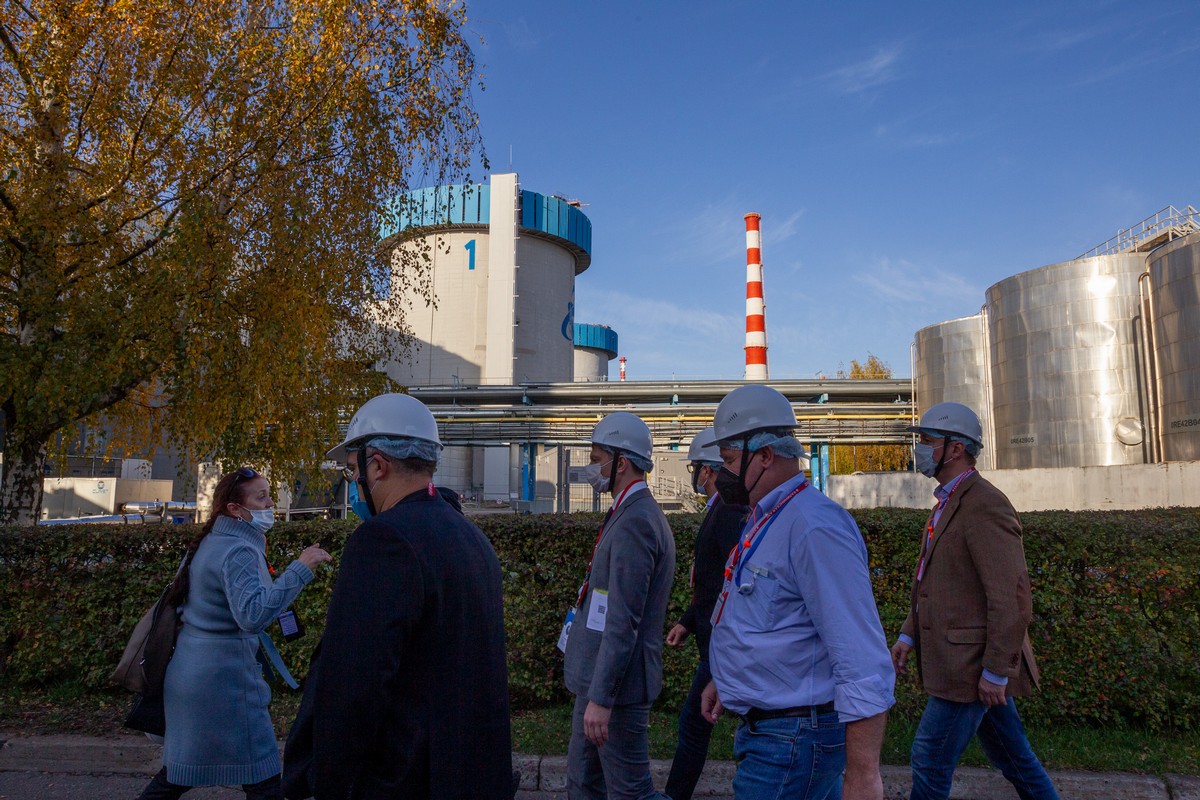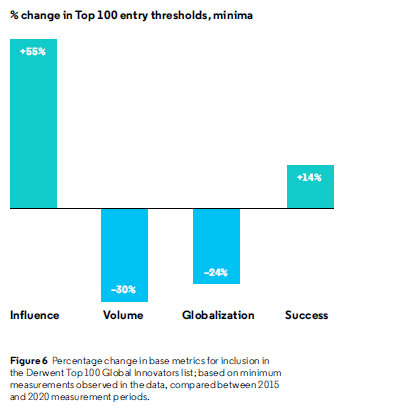February 10, 2021
One Billboard Outside Wellington, New Zealand.
Where does the clock strike midnight first on the planet?…
…Or in fact any minute, or hour, or day, or a New Year, or whatever other unit of time: where, in time, on this orb of ours, does it comes first?
Well, not a lot of people know this but it is… on Kiritimati, aka Christmas Island (the eastern-most of the atolls that make up Kiribati, the island nation) bang in the middle of the Pacific Ocean – half-way between Australia and North America. So, how come? Well, Kiribati happens to have the earliest time zone on the planet – UTC+14:00. So its inhabitants (and anyone visiting the islands) are the ones who first hear a clock strike 12, or the year change from one to the next, and so on; 14 hours earlier than in London, for example (UTC+0)
Why am I telling you this? Well, we needed to get to a spot in the world with the ‘best view of the future’. Why? I’ll get to that in a bit…
So, we needed to get ourselves, ideally, to Christmas Island, with its unquestioned best viewing location for looking to the future – where if you look to the east from its easternmost beach you literally see tomorrow out over the ocean (right?!)! However, Christmas Island isn’t the easiest of places to get to at the best of times, but during a pandemic-lockdown – ouch. So we had to look for the next-best thing…
And we didn’t need to look too far, relatively – just a little to the west and down a bit: to New Zealand, a country close to my heart. Once there, we needed to get ourselves to somewhere on the eastern coastline, and we opted for a place called Castlepoint – precisely here.
So, what is all this looking-to-the-future business? Actually – very much our business. For here at K, we’re pretty darn future-oriented. We have to be – to combat the cyberthreats of tomorrow: always needing to be one step ahead of the cyber-baddies, who are (alas) the embodiment of ‘future-oriented’. I mean look: we have our Safer Tomorrow platform; there’s our Earth 2050 project; there’s our Tomorrow Unlocked; there’s our latest company slogan – Bring on the Future. Heck, we’d trademark the word ‘future’ if we could! So, yes – you get it. ‘Future’ is our business. Accordingly, we needed the best spot in the world for literally looking into the future, which we figured would also be the best spot for future-oriented musing-reflection-meditation. Bring on New Zealand!…
But contemplating the technological progress of tomorrow, and even the future of humankind from the breathtakingly beautiful eastern seaboard of NZ might not come easy to everyone. Plus, of course, there’s getting there in person – hardly practical, right? Well, if you can’t take Castlepoint to Muhammad and everyone else in the world concerned about the future, we’ll just have to take Muhammad and everyone else to Castlepoint! Which is just what we did…
For the whole of February at Castlepoint there’ll be our unique billboard of the future, plus a livestream thereof accessible through your browser anywhere on the planet. As you can see, the right-hand side of the billboard is an empty frame – through which you can get a good look at the future, a rather picturesque one at that. And the left-hand side is a large digital screen with constantly changing predictions about the future of humankind and technology. So keep viewing, keep reading, and be ready for the future!…
Ok. You get that we’re all about the future. But why is it so important?



